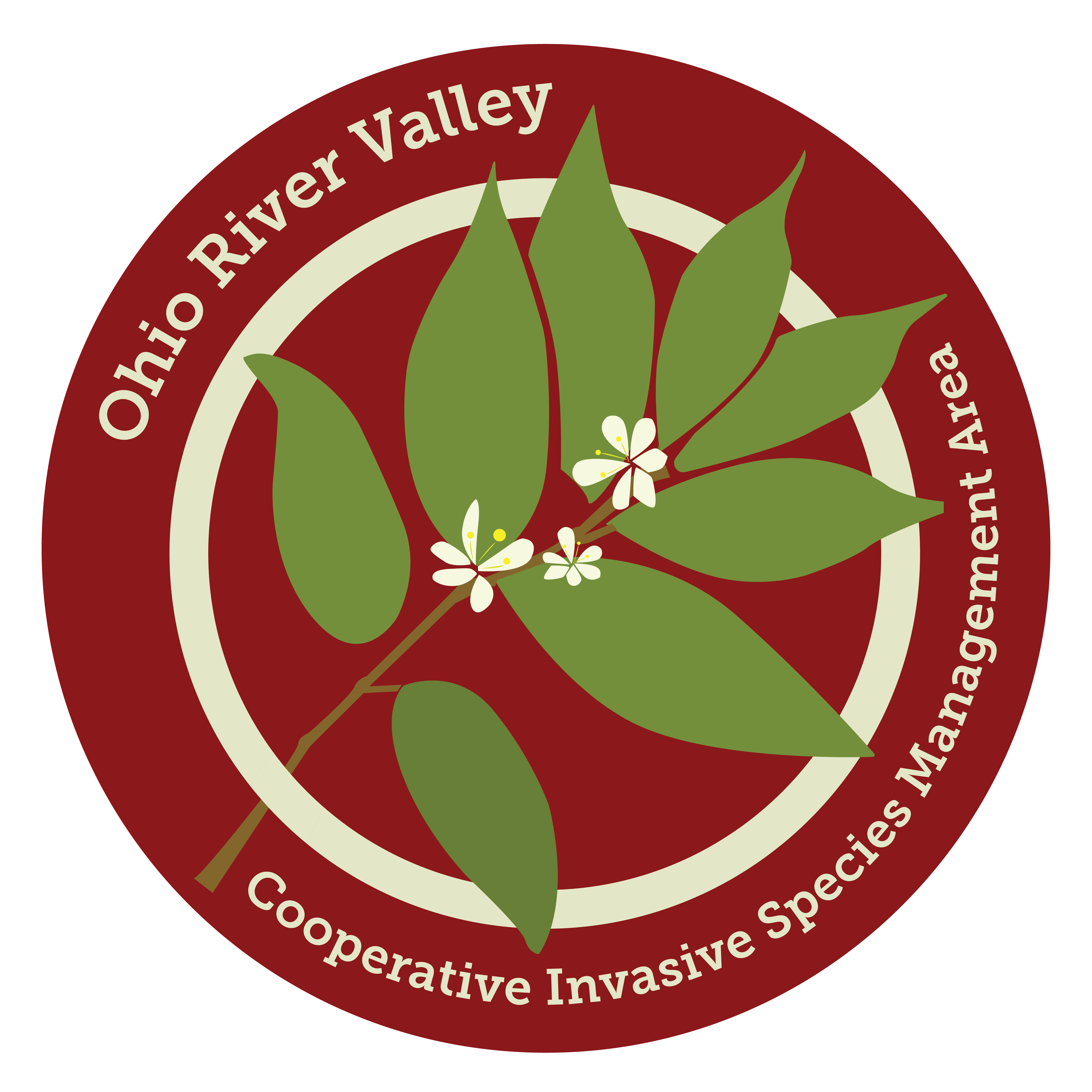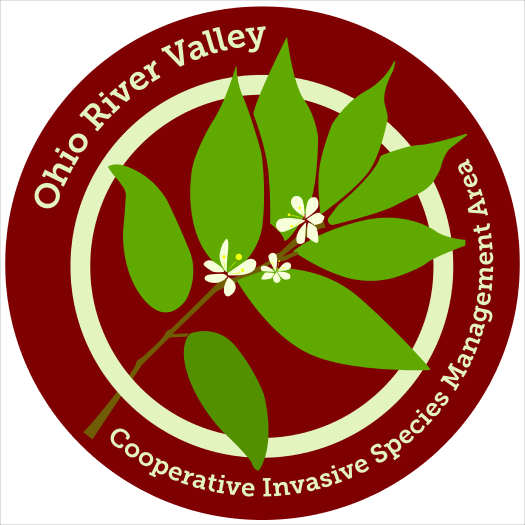WEBINAR RECORDING: You can access the webinar recording here.
ORV CISMA presented a webinar on two invasive species of growing concern that everyone should be aware of: Tree of Heaven and the Spotted Lanternfly. Bob Bruner, Exotic Forest Pest Specialist, Purdue University Extension discussed how they are connected, why they are very dangerous to the environment, what you should do if you find them, and removal strategies.

Spotted Lanternfly. Credit: Michigan Department of Rural Development and the State of Michigan
The Spotted Lanternfly is an invasive destructive pest that has recently been found in parts of Ohio, including Cincinnati. Native to parts of China and Vietnam, the Spotted Lantern Fly primarily feeds on Tree of Heaven but can also feed on a variety of plants such as grapevine, hops, maple, walnut, fruit trees and others. If their spread into new areas isn’t controlled, these insects can cause significant damage to both native and economically important plants.

Tree of Heaven (Ailanthus Altissima). Credit: Flickr user Dendroica cerulea
Tree of Heaven is a fast-growing deciduous tree native to China that has become a widespread invasive species across North America. It reproduces very quickly and aggressively inhibits (and can even kill) native plants near it. This invasive plant produces a large amount of seeds, crowds out native species with its dense thickets, and secretes a chemical into the soil that is toxic to surrounding plants. It has also helped to advance the spread of the Spotted Lanternfly.
About the Presenter:
Bob Bruner has been an entomologist for 13 years, and for the last six, has worked as a part of Purdue Extension. Throughout the bulk of their career, Bob has studied the ecology and host plant preference of many invasive species, such as soybean aphid and emerald ash borer, using that knowledge to educate people on the impacts of different invaders. Recently, they have taken on a new role as the exotic forest pest specialist with Purdue University’s Dept. of Entomology. Bob’s work focuses on helping Hoosiers learn more about invasive pests and what they can do to either eradicate or prevent them from damaging property, businesses, or the natural areas we love. Bob can often be found traveling throughout the state, offering trainings and presentations for groups like SICIM, Master Gardener associations, and other volunteer groups. When not at work, Bob and their partner of 10 years can often be found wandering the woods with their three dogs, Bo, Lily, and Terra.
MORE RESOURCES
- Spotted Lanternfly info (ID, control and removal) can be found here
- Tree of Heaven info (ID, control and removal) can be found here
- Report Spotted Lanternfly sightings:
-
- Ohio – Report to Plant Pest Control Section of the Ohio Department of Agriculture: (614) 728-6400 or plantpest@agri.ohio.gov. and try to collect a sample or take a high-quality photo.
-
- Kentucky: You can report sightings of the spotted lanternfly and other invasive pests by sending an email to ReportAPest@uky.edu.
-
- Indiana: Report to the Indiana Department of Natural Resources. Call 866-NO EXOTIC (866-663-9684) or email DEPP@dnr.IN.gov

